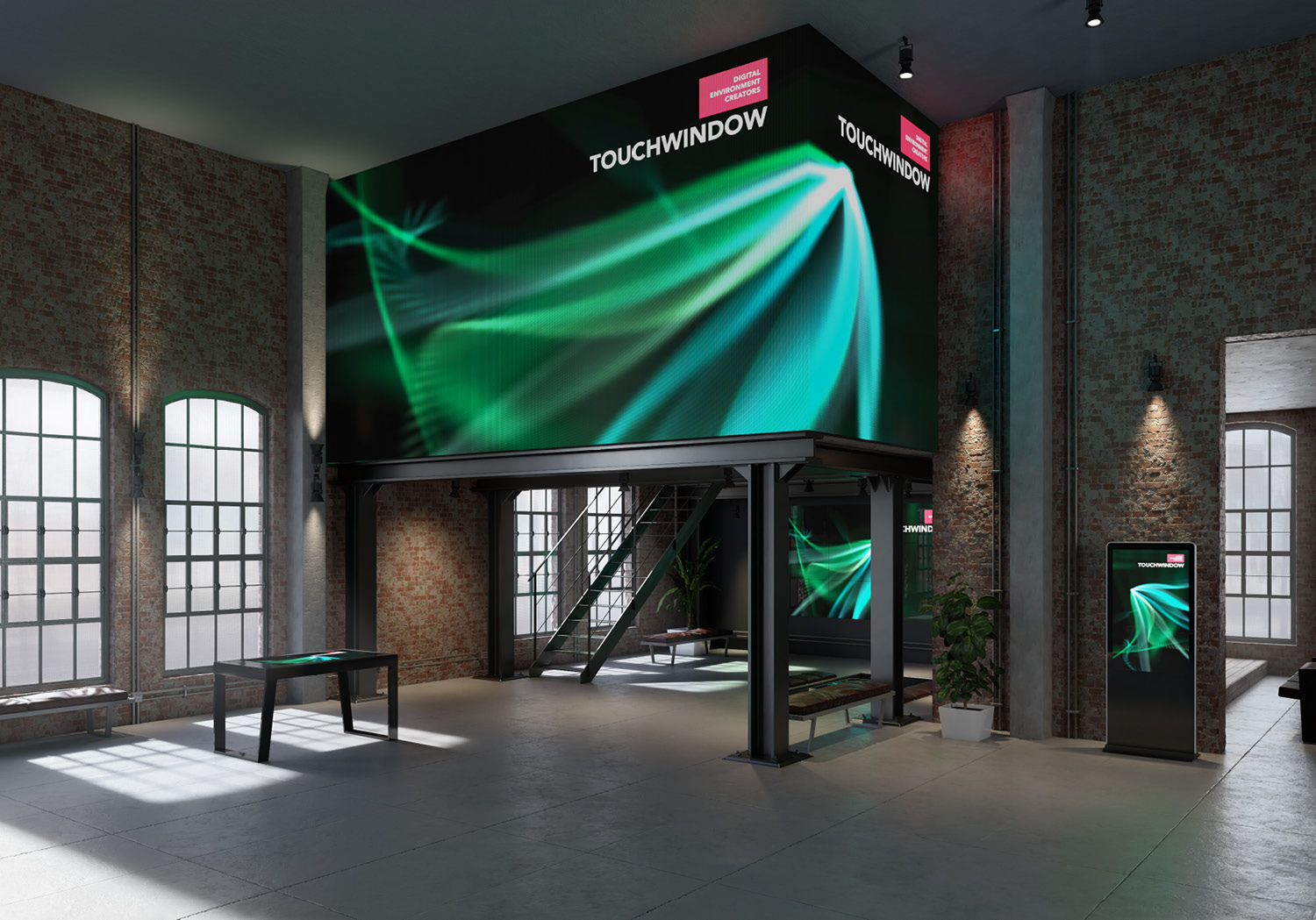Maximizing Aesthetic Impact Via Tactical Content Timing in LED Display Performance
Wiki Article
Enhancing visual impact throughout LED wall performances requires careful preparation plus tactical visual timing. Light-emitting diode walls are powerful tools for visual storytelling, often used in concerts, events, and presentations. The effectiveness of these displays depends not only on the quality of the visuals but also on how and when they are presented. By understanding the audience's attention span plus the rhythm of the occasion, event planners can craft a more captivating encounter that captivates viewers plus improves the total performance.
One key aspect of tactical content scheduling is timing. It is essential to align the visuals with the rhythm and pace of the performance. For instance, during a musical performance, visuals should complement the beat and mood of the music. This synchronization helps to create a cohesive encounter that pulls the viewers closer. Additionally, it is important to consider the duration of each image clip. Brief, striking segments can sustain audience interest, while longer visuals may be suitable for moments of reflection or emotional bonding. By altering the duration and vigor of the visuals, organizers can keep the audience interested during the show.

Another crucial factor is the content itself. The visuals shown on the light-emitting diode screen should be pertinent to the theme of the show. This pertinence aids to reinforce the message being communicated plus makes the experience more memorable for the audience. For example, if the performance is about environmental consciousness, using images that illustrate the environment and animals can amplify the narrative. Furthermore, adding dynamic elements, such as motion graphics or engaging visuals, can introduce thrill and maintain the viewers' focus. The appropriate material, presented at the right time, can significantly elevate the effect of the performance.
Viewer involvement is also a crucial consideration in content scheduling. Understanding the demographics and preferences of the audience can guide the selection of visuals. For example, a younger crowd may respond better to vibrant colors and look here fast-paced animations, while an older audience might appreciate more subtle and sophisticated visuals. By tailoring the content to the audience's interests, organizers can craft a more personalized experience that resonates with viewers. Additionally, incorporating audience participation, such as live polls or social interactions, can further improve involvement and render the show more engaging.
Finally, assessing the effectiveness of the visual timing is crucial for upcoming shows. Collecting feedback from the audience can provide valuable insights into what worked well plus what could be enhanced. This data can help event planners improve their approaches and make informed decisions for upcoming events. By continuously assessing and adapting the content scheduling strategy, event planners can maximize the visual effect of light-emitting diode screen shows and create unforgettable experiences for their audiences.